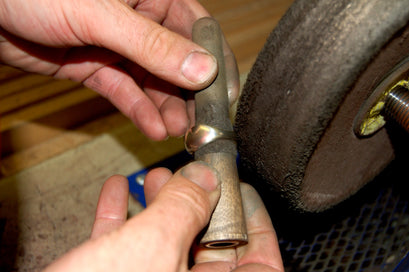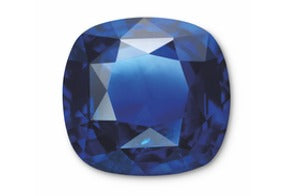OPAL
Moh's scale of hardness: 5-6.5
Lustre: Sub-vitreous to waxy
Birthstone: October
About: The name opal derives from the word “opalus” given by the Romans, which is Latin for “precious stone”. Opal is probably the most famous phenomenal stone displaying the unparalleled play-of-colour; a rainbow-coloured kaleidoscopic effect. Some type of opals lack the play-of-colour phenomenon and they are known as“common opal” or “potch opal”. The main categories of opal are black, white, crystal, water, boulder, fire and assembled. Black opal are the most valuable and they have a dark black, grey, blue, green or brown background that makes the play-of-colour flashes stand out the most. Depending on the transparency of the stone which can be anything between semi-transparent to opaque. Opals are mostly cut into cabochons, faceted stones, beads and occasionally carvings.
Origin: Main sources of opals are: Australia, Ethiopia and Brazil. The finest quality and most durable opals generally come from Australia.
Use in jewellery: Opal’s lustre is vitreous to resinous; it rates 5-6.5 on the Mohs scale and depending on the origin of the stone it might be very fragile which makes it more suitable for jewellery such as necklaces, brooches and earrings that are less likely to be knocked.
Treatments, synthetics and imitations: Opals can be treated to improve their colour and they can undergo a sugar or smoke treatment that darkens their body colour which makes the play-of-colour more striking. Synthetic opals are readily available and although they have similar chemical properties to natural opals, their value is significantly lower so they should always be disclosed as synthetic. Materials that are most commonly used to imitate opals are the lab-made Slocum stone and plastic.


















